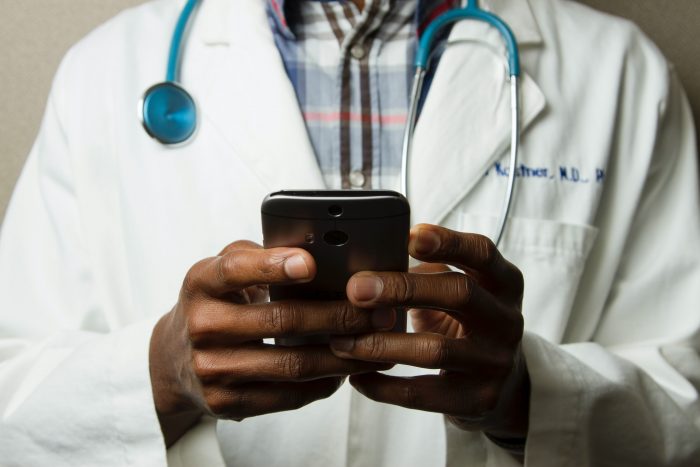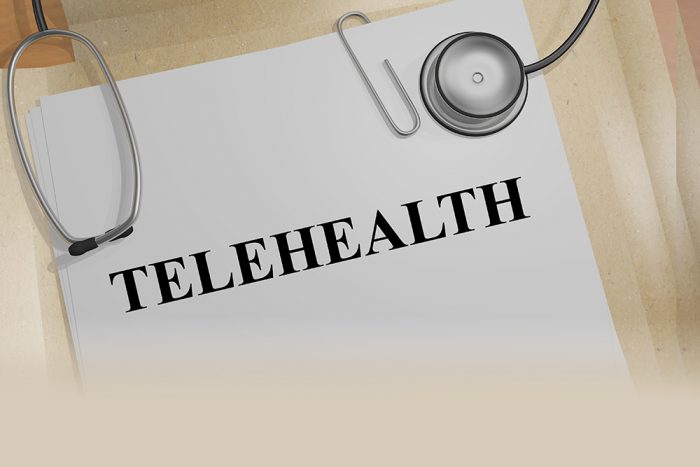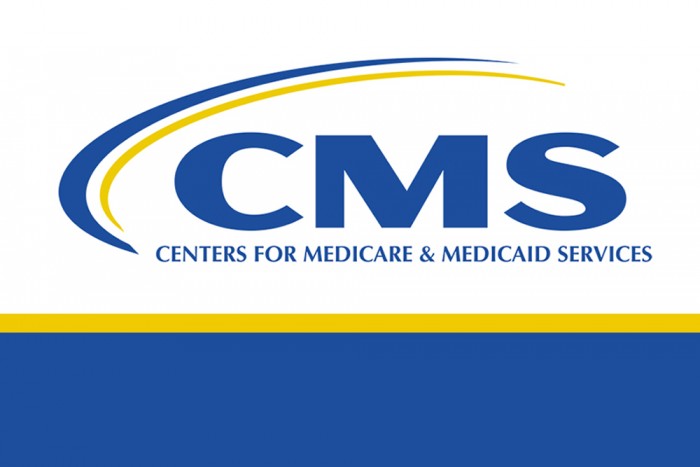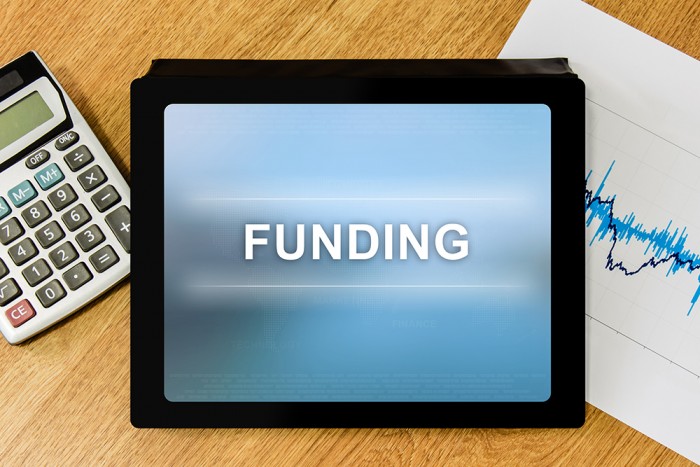Telehealth
PA House Fiscal Code Updates Announced
The PA House of Representatives passed HB 1300 (Fiscal Code) by a vote of 121-82. The Fiscal Code contains language appropriating the $100 million for mental health funding, which follows the recommendations of the Behavioral Health Commission’s recommendations. The Fiscal Code also provides another $34.5 million to expand mental health services, $34 million for workforce initiatives, and over $30 million for criminal justice and public safety.
The House also passed HB 1456, a general appropriations bill. HB 1456 passed by a vote of 115-88. The bill provided new monies of $50 million towards intellectual disabilities and direct support professional (DSP) workforce retention. The bill would also fund $642 million for Penn State University, the University of Pittsburgh (Pitt), and Temple University. While there is good news for the IDD providers in regards to additional workforce funding, the bill was challenged by House Republicans because the Penn State, Pitt, and Temple funding requires a two-thirds (supermajority) vote, which was why the colleges were not funded back in June.
This week, the House also passed a tax code bill and a school code bill.
Despite the flurry of legislative activity on the code bills in the House, the code bills will not have to go to the Senate for a concurrence vote. The code bills passed by the House contain new spending (i.e. IDD workforce retention), and the new spending was not negotiated with the Senate; therefore, the expectation is that because there is not a deal between the House and the Senate on the new spending, the Senate will not concur on the code bills.
The Senate will return to session on Monday, October 16.
CMS Issues FAQ on Medicare Enrollment of MFT/MHC/SUDCs
Update on DEA & Ryan Haight Act Status
Telehealth Work Group Meeting Rescheduled to October 24
RCPA Prepares Final Comments Regarding CMS 2024 PFS
ODP & OMHSAS Release IDD/A Telehealth Report
DEA to Conduct Public Listening Sessions on Tele-Prescribing of Controlled Substances
The Drug Enforcement Administration (DEA) will conduct in-person public listening sessions to receive additional input concerning the practice of telemedicine with regards to controlled substances and potential safeguards that could effectively prevent and detect diversion of controlled substances prescribed via telemedicine. Specifically, the DEA is inviting anyone interested to comment at the listening sessions about allowing telemedicine prescribing of certain controlled substances without an in-person medical evaluation.
The listening sessions will be held from 9:00 am – 5:30 pm on Tuesday, September 12, and Wednesday, September 13, at DEA Headquarters, 700 Army Navy Drive, Arlington, VA 22202.
Those wishing to attend the listening sessions in person or give an oral presentation at the listening sessions must complete and submit the appropriate attendance form available at DEA’s Diversion Control Division website no later than August 21.
The listening sessions will also be livestreamed online.
Read the Department of Justice/DEA’s full letter for more details.
OMHSAS Highlights Telehealth Funding For Small Organizations
Mainstay’s Telemedicine Partnership With StationMD Prevents ER Visits, Saving $100K: RCPA Member Mainstay Life Services Featured
















